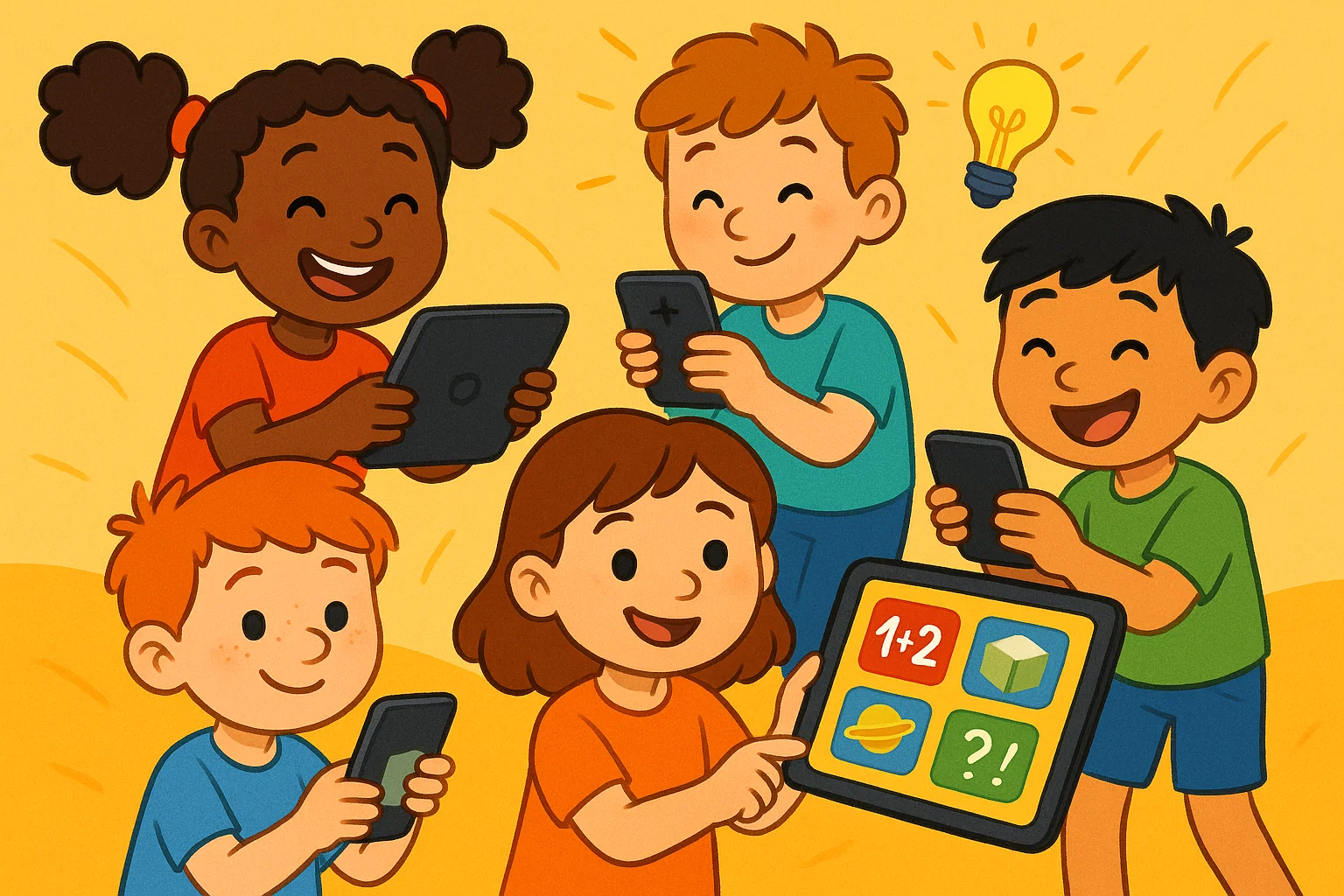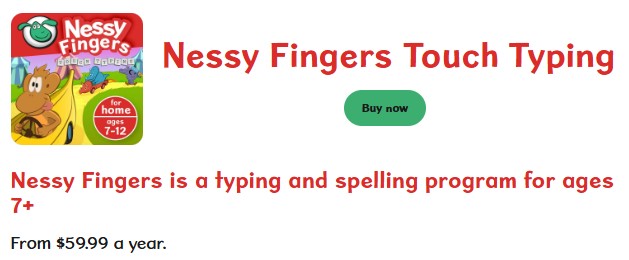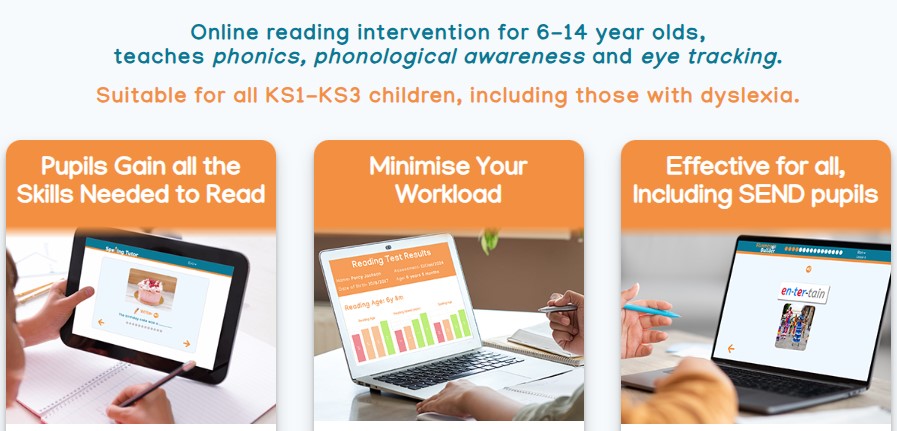Apps for Kids with Dyslexia

Supporting a child with dyslexia demands effective tools. Technology offers interactive apps to help transform reading and writing challenges. These specialized tools provide the multisensory approach many dyslexic kids need. When children with learning disabilities struggle with traditional methods, apps to help with dyslexia bridge the gap. The best apps to help children combine phonemic awareness, text-to-speech, and adaptive learning.
Specialized Resources for Dyslexic Learners
Using Individual Needs 📚
Every dyslexic child learns uniquely. Understanding these differences is crucial for selecting useful apps. Approximately 15-20% of children have some form of learning disability, with dyslexia being common. Apps for dyslexic learners should offer customizable features. Effective dyslexia and learning disabilities apps often include progress tracking so parents can track their child’s progress, identifying areas needing support.
Multisensory Learning and Gamification 🎮
Multisensory learning is highly effective for children with disabilities. Many of these apps engage multiple senses — visual, auditory, tactile — strengthening neural pathways for language processing. Apps to help with dyslexia use gamification, making learning engaging. These games make practice feel like play, helping overcome reading challenges.
Successful dyslexia apps integrate features like interactive flashcards with audio, letter/sound recognition games, and reading passages with highlighting/text-to-speech.
Creating Supportive Environments at Home and School
Apps for kids with dyslexia work best within broader support systems. Parents can create routines combining app practice with traditional reading. Schools can use these reading tools to supplement instruction and support young learners. Teachers find these apps to help differentiate instruction, assigning targeted activities while tracking their child’s progress.
Best Apps for Dyslexia Support
Nessy Fingers Touch Typing

Nessy is a comprehensive dyslexia app for literacy development. It offers structured phonics, spelling, and reading lessons via animations and interactive exercises. Its systematic phonemic awareness approach is ideal for younger children who learn how to read.
Key Features:
- Structured phonics, spelling, reading lessons
- Engaging animations, interactive exercises
- Systematic phonemic awareness
- Detailed progress reports
Link: Nessy Fingers Touch Typing
Dyslexia Gold

Designed specifically for dyslexic readers, Dyslexia Gold offers multi-level reading intervention. It combines phonics with technology to strengthen visual and auditory processing. Children practice reading and words through sequenced activities. This excellent app provides customizable difficulty and progress tracking.
Key Features:
- Customizable difficulty levels
- Progress tracking
- Audio instructions/feedback
- Visual supports for letter recognition
Link: Dyslexia Gold
Dyslexia Reader

Dyslexia Reader focuses on reading comprehension support for children with disabilities. It includes built-in text-to-speech and highlighting. This support helps help dyslexic children better understand content. Users can adjust speed, font, and colors.
Key Features:
- Built-in text-to-speech
- Allows highlighting
- Adjustable reading speed, font size, background colors
- Works with various text formats
Link: Dyslexia Reader
Voice Dream Reader

Voice Dream Reader is a powerful text-to-speech app, an essential reading tool. It reads aloud from various sources, making content accessible to aid children with dyslexia.
Key Features:
- High-quality voice options
- Synchronized highlighting
- Customizable reading speeds
- Support for multiple file formats
Link: Voice Dream Reader
ABC Spelling Magic

This phonics-based app helps younger children develop fundamental spelling skills through interactive letter manipulation. It uses a multisensory approach combining visual letter recognition with auditory phonics.
Key Features:
- Phonics-based interactive spelling
- Multisensory approach
- Includes upper and lower case practice
Link: ABC Spelling Magic
Montessori Words & Phonics

Based on Montessori principles, this app provides systematic phonics instruction for children with dyslexia. It emphasizes hands-on learning through exercises to understand letter-sound relationships, building from simple recognition to complex words.
Key Features:
- Systematic phonics instruction
- Hands-on interactive exercises
- Focuses on letter-sound relationships
Link: Montessori Words & Phonics
Writing Wizard

Writing Wizard addresses fine motor challenges in writing for children with dyslexia. It provides guided letter formation practice with visual and auditory cues.
Key Features:
- Guided letter formation practice
- Visual and auditory cues
- Customizable letter sizes/difficulty
- Multiple font options (dyslexia-friendly)
Link: Writing Wizard
Doodle Spell

Doodle Spell combines creativity with spelling practice. Children draw letters while learning patterns. This multisensory approach benefits dyslexic kids who learn kinesthetically.
Key Features:
- Combines drawing with spelling
- Multisensory learning
- Engages kinesthetic learners
Link: Doodle Spell
Spell Wizards

This comprehensive spelling app provides systematic instruction in English spelling rules. It includes multiple difficulty levels and customizable word lists.
Key Features:
- Systematic spelling instruction
- Multiple difficulty levels
- Customizable word lists
Link: Spell Wizards
Dyslexia Keyboard

Designed for children with dyslexia and dysgraphia, Dyslexia Keyboard offers advanced grammar checking. It recognizes common errors by dyslexic writers and provides corrections.
Key Features:
- Advanced spelling/grammar checking
- Recognizes common dyslexic errors
- Provides corrections
Link: Dyslexia keyboard
A+ Spelling Test

A+ Spelling Test allows parents/teachers to create customized spelling assessments. Children can practice reading their words through interactive activities.
Key Features:
- Customizable spelling assessments
- Interactive practice activities
- Supports individual word lists
Link: A+ Spelling Test
OpenDyslexic

OpenDyslexic is a specialized font to improve reading for individuals with dyslexia. Many apps to help now incorporate this font, which can reduce letter confusion and improve fluency.
Key Features:
- Specialized font for dyslexia
- Aims to reduce letter confusion
- Can improve reading fluency
Link: OpenDyslexic
Simplex Spelling Phonics

This app focuses on phonics/spelling connection, providing systematic instruction in sound-letter relationships. It includes assessment and instruction to address specific needs.
Key Features:
- Systematic instruction in sound-letter relationships
- Assessment/instruction components
- Addresses specific learning needs
Link: Simplex Spelling Phonics
LetterReflex

LetterReflex provides rapid letter recognition training to improve reading fluency. It uses timed exercises to build automatic letter identification skills.
Key Features:
- Rapid letter recognition training
- Uses timed exercises
- Builds automatic letter identification
Link: LetterReflex
Clicker Writer

Clicker Writer combines word processing with reading support. Children can write while getting help with spelling, word prediction, and text-to-speech.
Key Features:
- Word processing
- Spelling assistance/word prediction
- Text-to-speech feedback
Link: Clicker Writer
Spy Sam Reading Book

This interactive reading app provides engaging stories with built-in support for struggling readers. Entertainment and practice reading boost motivation while building literacy.
Key Features:
- Interactive, engaging stories
- Built-in reading support
- Maintains student motivation
Link: Spy Sam Reading Book
Oz Phonics

Oz Phonics provides systematic phonics instruction through lessons from basic sound to complex word reading. It includes assessment tools to track their child’s progress.
Key Features:
- Systematic phonics instruction
- Lessons from basic sound to complex word reading
- Assessment tools for progress tracking
Link: Oz Phonics
Mindnode 6 – Mind Map

This mind-mapping app helps children with dyslexia organize thoughts and information by visualizing them.
Key Features:
- Mind-mapping functionality
- Helps organize thoughts/information
- Visualizes concepts
Link: Mindnode 6 – Mind Map
Mind Meister

Mind Meister is another mind-mapping app for organizing ideas, especially for visual thinkers with dyslexia.
Key Features:
- Mind-mapping tool
- Supports organization of ideas
- Beneficial for visual thinkers
Link: Mind Meister
Choosing Right App for Child
Assessing Child Needs 🔍
Before selecting from the many apps to help, parents should evaluate their child’s learning profile. A dyslexic child needing phonemic awareness may benefit from sound-letter apps, while another with strong phonics but poor fluency might need practice reading and comprehension apps. Consider: current reading level, learning style, attention span, tech comfort, past responses to methods. Professional evaluations offer insights.
Reading App Reviews and Recommendations
When researching dyslexia and learning disabilities apps, look for evidence-based reviews. Educational technology specialists and teachers often provide valuable insights. Reliable sources: professional organizations, ed-tech review sites, special education blogs, academic research, school reading specialists. Pay attention to text-to-speech quality, progress tracking, and customer support.
Trialing Apps and Monitoring Progress
Many of these apps offer free trials. Use these to test how well an app fits your child. Observe: engagement, ease of navigation, content quality, skill alignment, school integration. Track their child’s progress using both the app’s tools and your observations. Look for improvements in targeted skills like letter recognition, phonemic awareness, spelling, or reading confidence. Document successes/challenges.
Questions and Answers
What apps are best for improving reading skills in children with dyslexia?
The most effective apps to help combine multiple approaches. Nessy Online Reading Program offers phonics. Voice Dream Reader provides text-to-speech. ABC Spelling Magic focuses on foundational letter-sound relationships. ReadTwice offers comprehension support. Look for excellent app for children with multisensory learning and systematic instruction.
Can apps help children with dyslexia in math?
While this article focuses on literacy, many dyslexic children struggle with math. Some educational apps for kids include math components using multisensory approaches. Apps with text-to-speech for math word problems can be helpful. Consult specialists for specific math interventions.
How do I choose the right app for my child with dyslexia?
Choosing the appropriate dyslexia and learning disabilities app requires considering your child’s profile, skill level, and difficulties. Identify if support is needed for phonemic awareness, spelling, comprehension, or writing. Start with free trials in the Apple App Store. Observe engagement/progress. The best apps to help children align with interests while addressing needs.
Are there free dyslexia apps available?
Yes, several quality free apps to help children with dyslexia develop reading/spelling skills. ABC Spelling Magic offers substantial free content. While free apps are valuable, evaluate if they fully meet needs. Investing in premium versions might offer more comprehensive support.
How can apps help children with dyslexia stay organized?
Organization challenges often accompany dyslexia. While reading apps to help may not directly address organization, some educational apps for kids include features that structure learning and track their child’s progress. Apps with clear progress tracking and reminders can help children develop organizational skills while improving literacy. Parents can use app reports to visualize achievements.
